Five Ways Independent Restaurants Can Win Using Digital
Hospitality is often considered ‘safe’ from online shopping: while other bricks and mortar businesses, like fashion retailers or booksellers, can be uprooted by online competitors offering more choice and cheaper prices, there is something intrinsically analogue and experiential about restaurants which appears to insulate them from digital competition.
But let’s make one thing clear: the fact there is relatively little fresh competition for restaurants in the digital world does not mean digital should be any less pressing a concern for them.
Many restauranteurs underestimate the affect their website and general online presence has on how the average consumer perceives their business. For example:
85% of customers use a restaurant’s official website to gather information on location, menu and pricing, and use that information to determine whether to visit it.
Having an up-to-date website and appearing on review sites will actively attract the attention of 40% of customers – so neglecting the digital world can have actual repercussions in the real world.
The main problem is that many restauranteurs still believe there is a meaningful distinction between online and offline. But the reality is, consumers are living more and more of their lives online, and there is little-to-no discrimination about where information comes from. A bad review is a bad review.
While most restaurants do have websites and social media accounts, there is often relatively little effort put into making them exceptional. They are treated like an obligation or a quota: something you need to have simply so you don’t get caught out not having it.
But this leads to many smaller, independent restaurants missing out on all kinds of opportunities to build their brand, engage with their customers and increase their revenue tremendously.
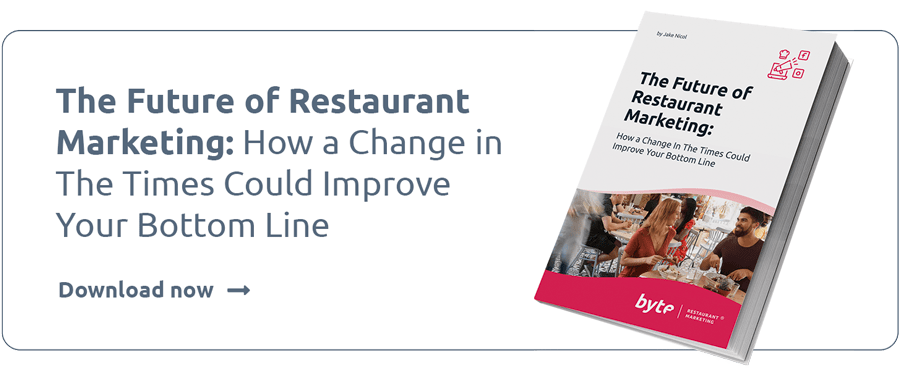
The internet is a great equaliser: every business has equal access to it, and the difference between what resources are available online to an independent restaurant and a giant corporate chain is far smaller than in any other domain. While chains can afford to invest huge resources into Customer Relationship Management and cutting edge digital technology, the difference between what kind of website they can have, what they can do on social media and how they can manage their online reputation is small.
Here are five ways small and independent restaurants can use the internet to level the playing field:
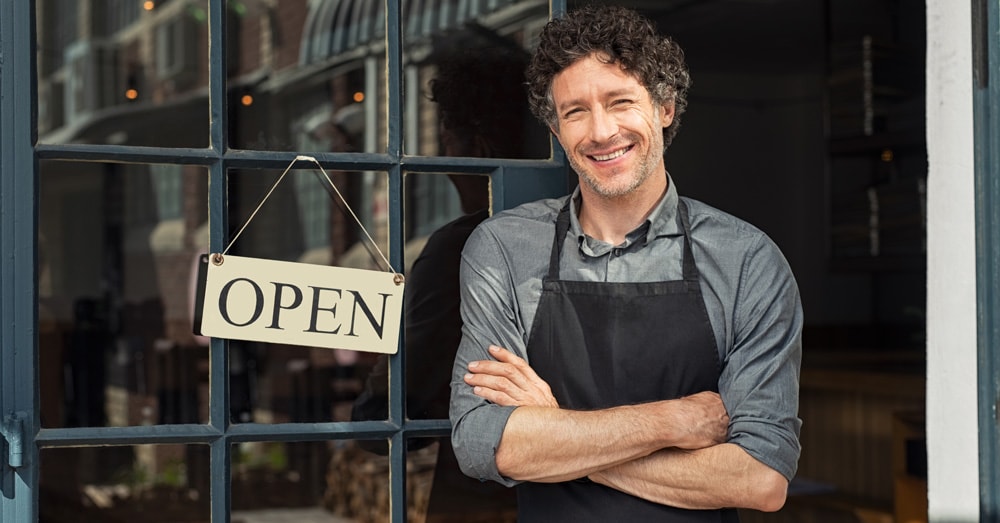
Telling their story
For lots of these restaurants, their relative size compared to chains makes social media feel pointless: why bother, when we only have x amount of followers? But the reality is, even a relatively small social media presence or email list, if used correctly can have powerful effects on your bottom line. Not to mention that, if you do things right, that following can grow at speeds you could not image!
You need to be thinking about the kinds of content your specific audience wants to see:
Do they want an inside view of your chefs’ process?
Do they want to get to know your floor staff better?
Do they want facts and trivia about your food or company backstory?
Social media is not just a way to appetise people or generate awareness: it is a way to tell your specific brand’s story in a way which is authentic and honest.
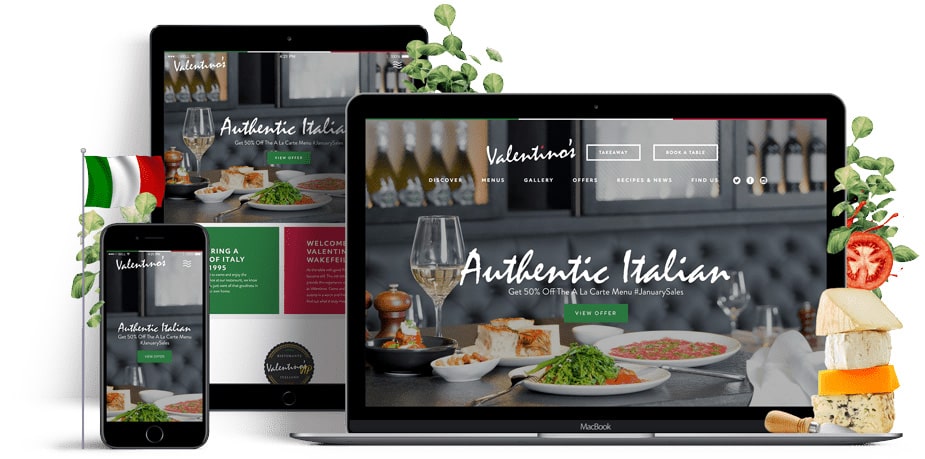
Nailing their website
Most restaurants assume that their website is function – it provides information to consumers, but little more besides that. But the truth is, a really great website has a similar effect on customers’ perception of your brand as any other aesthetic asset. You wouldn’t overlook furnishing your actual restaurant, so why assume how your website looks doesn’t matter?
Your website is often a customer’s first impression of your business, and while they might not admit it, that first impression is very much informed by aesthetics. You may not have endless funds to totally renovate your furnishing, but you can create a great looking, beautiful to navigate website with relatively little money – and that will immediately create a sense amongst customers perusing their options online that you restaurant is the real deal.
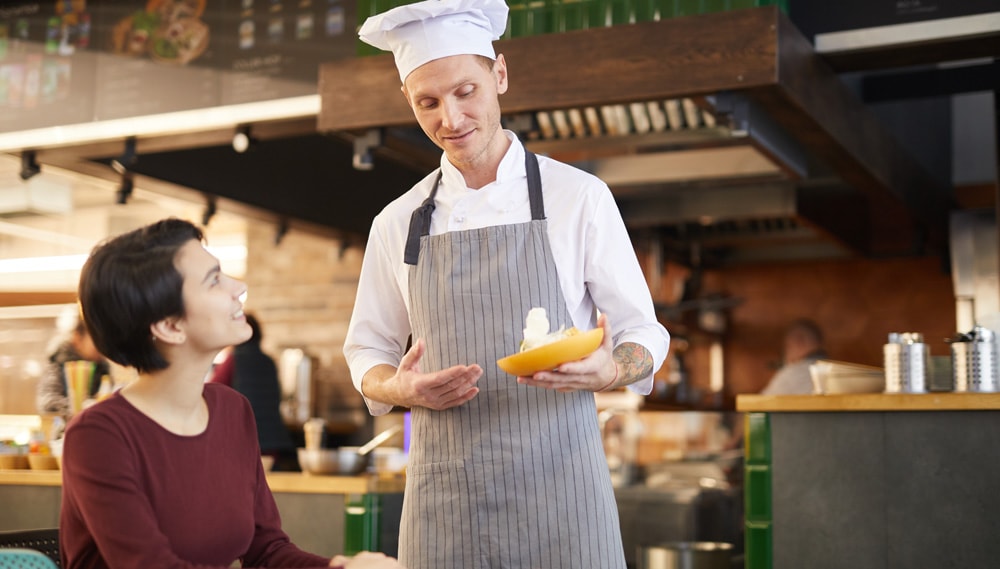
Engaging directly with their customers
Now more than ever, consumers crave direct, personal engagement and the feeling that they are seen and understood. And while corporate businesses will continue to try and provide these things, it is small and independent restaurants that are in the best position to create an authentic online presence.
Even simple things like tagging your customers on Facebook, weighing in on relevant social media groups and replying to any and all comments you receive go a long way to developing a sense of authentic engagement online. The key is to be transparent, authentic, and to use a natural voice which is true to the brand and personality your customers know and love.
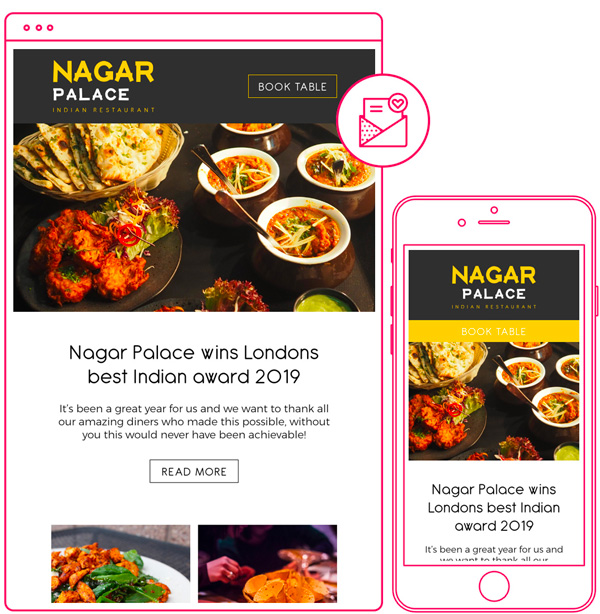
Differentiating their email marketing
40% of customers want to hear from a restaurant once a month or more: they want to hear about discounts, special offers and menu changes, as well as receiving personalised messages and feedback requests. But these emails, again, or not just a way to upsell or generate data: they are a prime opportunity to put some personality and soul into your customer outreach, to break the script and differentiate yourself. Because even an email, if it’s surprising and entertaining, can create a ‘moment’ for a customer.
Small and independent restaurants can afford to be far more colloquial and specific in their communication – whereas most chains’ email copy is used across innumerable sites, yours is reach a relatively select group of customers who more likely than not have more in common than, say, the ‘average’ Byron Burger patron. You make local jokes and references and give more intimate, person information, at the same time as announcing deals and doing all the base-level marketing stuff.
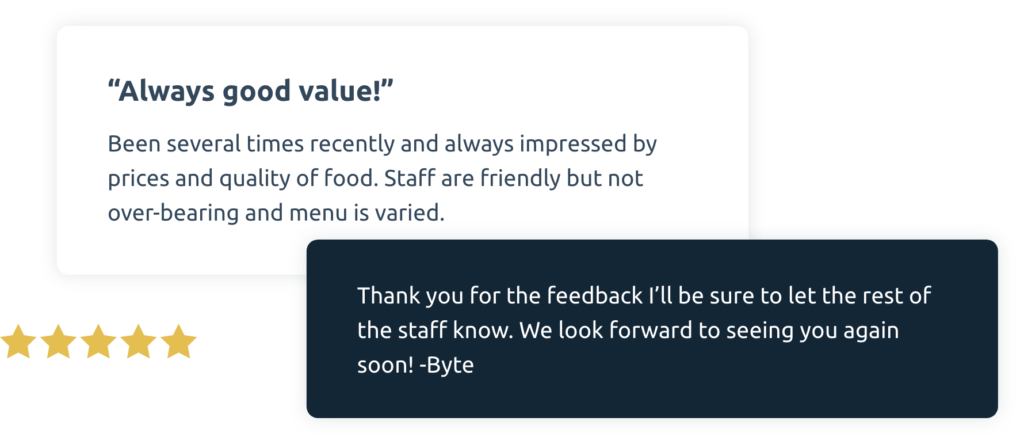
Handling their reviews in a unique way
84% of customer come back if a restaurant responds directly to their feedback. And your responses and engagement will directly affect how your brand is perceived. Which means that every review is an opportunity to develop your brand voice and demonstrate your humanity and transparency.

How can you engage with negative reviews in a way which doesn’t just seem like damage control? How can you address social media comments in a way which wins you ‘likes’? These are questions restauranteurs need to be constantly asking themselves. Because how you engage online has the potential to do great things for your business.
This blog is excerpted from our recent E-book publication, The Future of Restaurant Marketing. Please click here to download the full book for free.